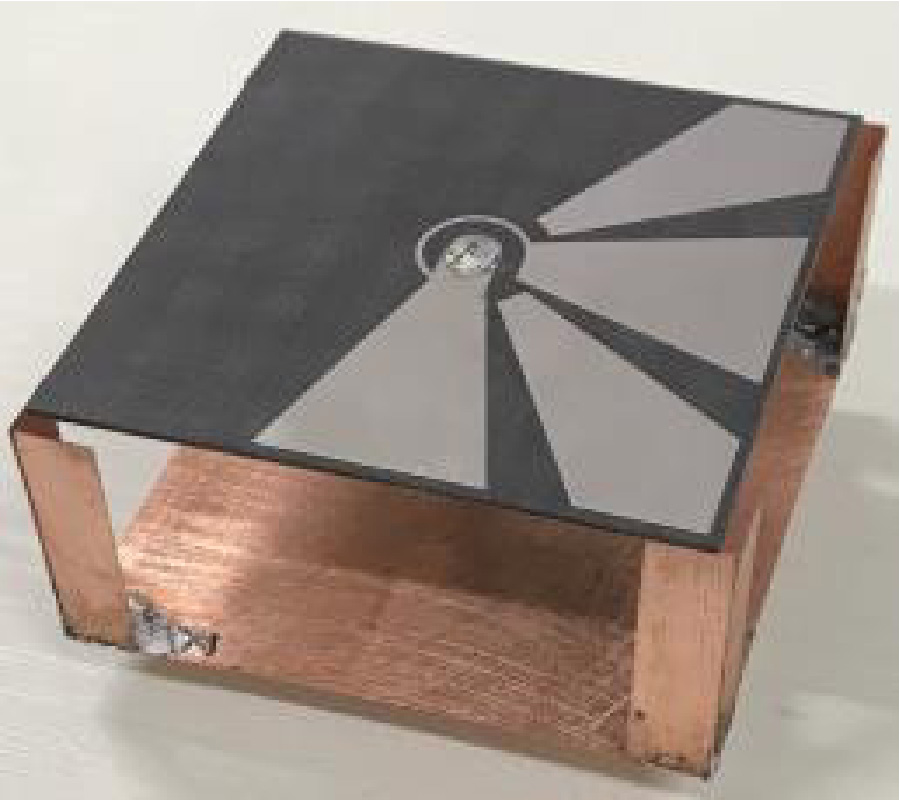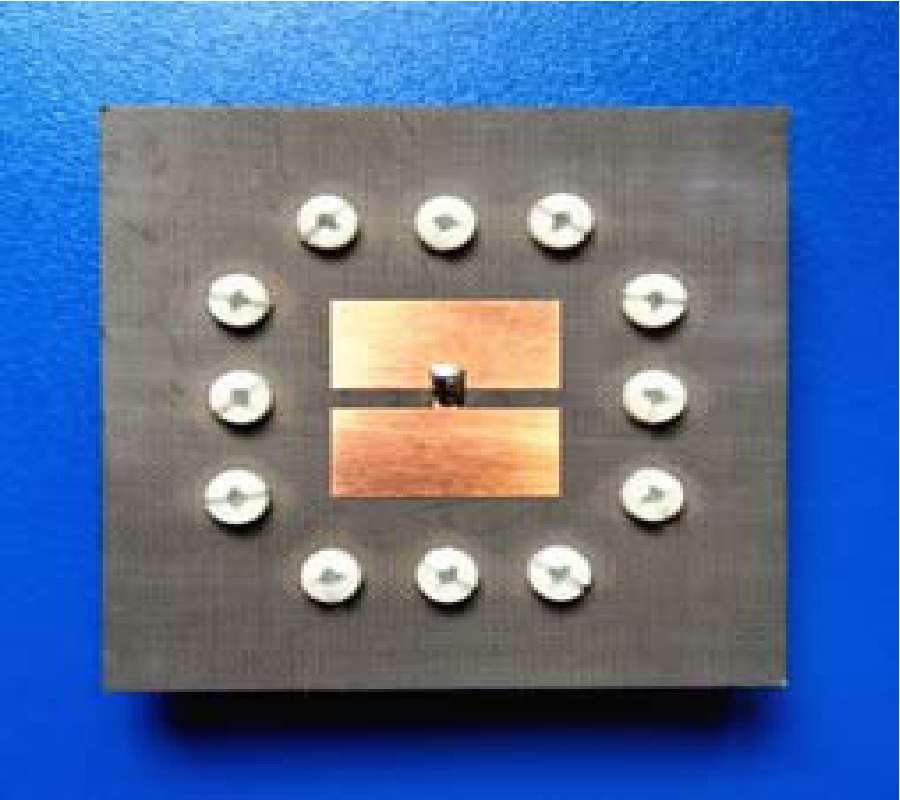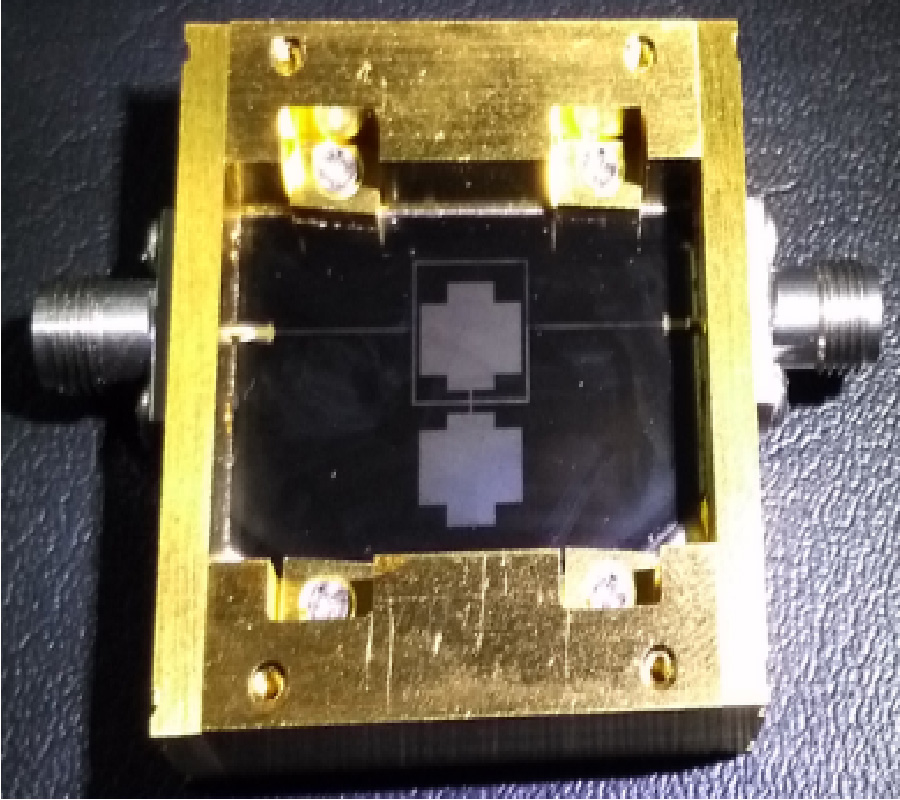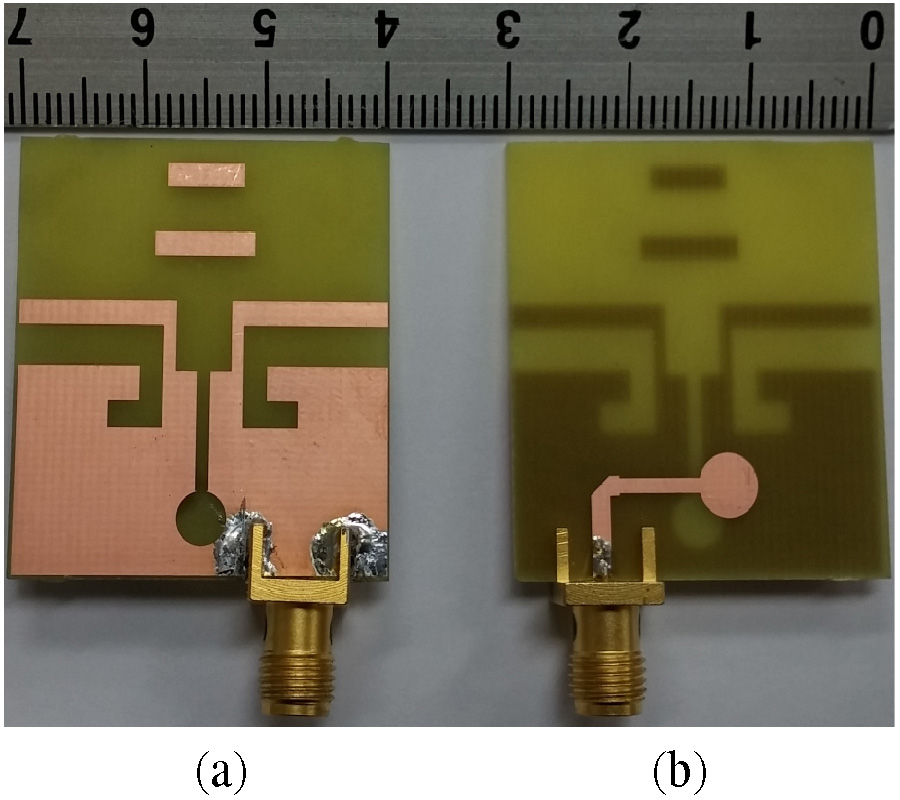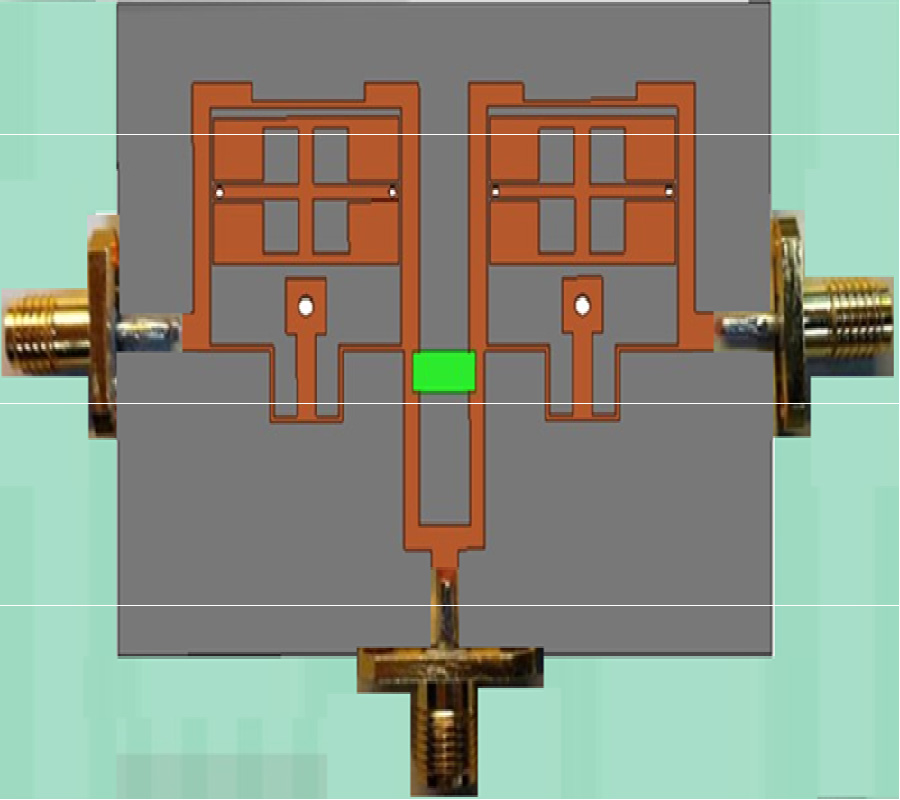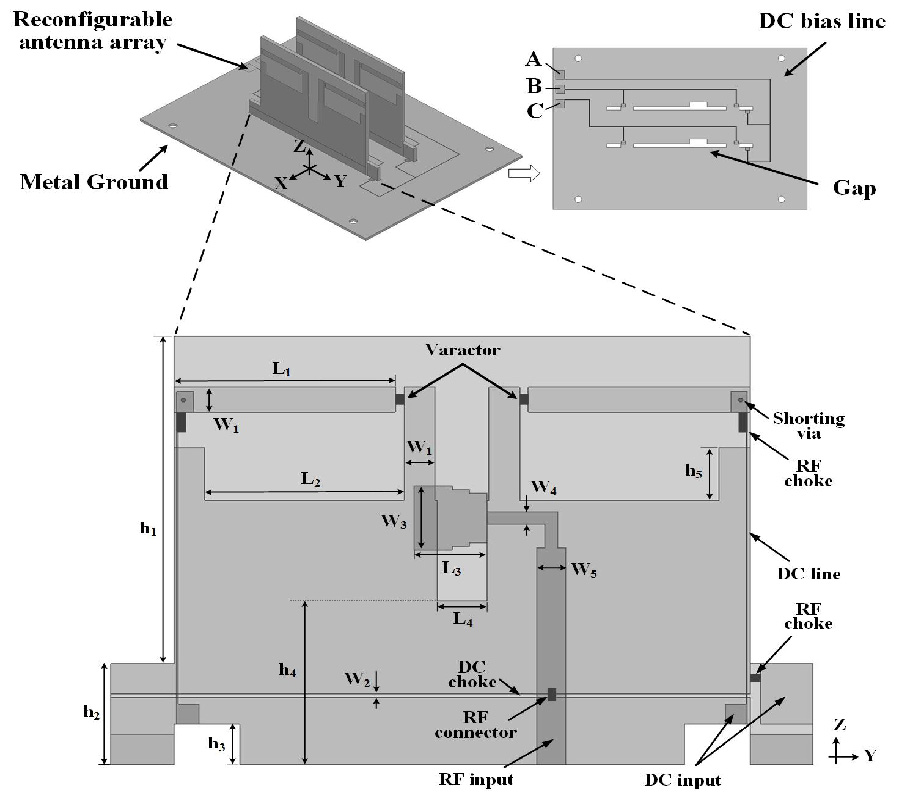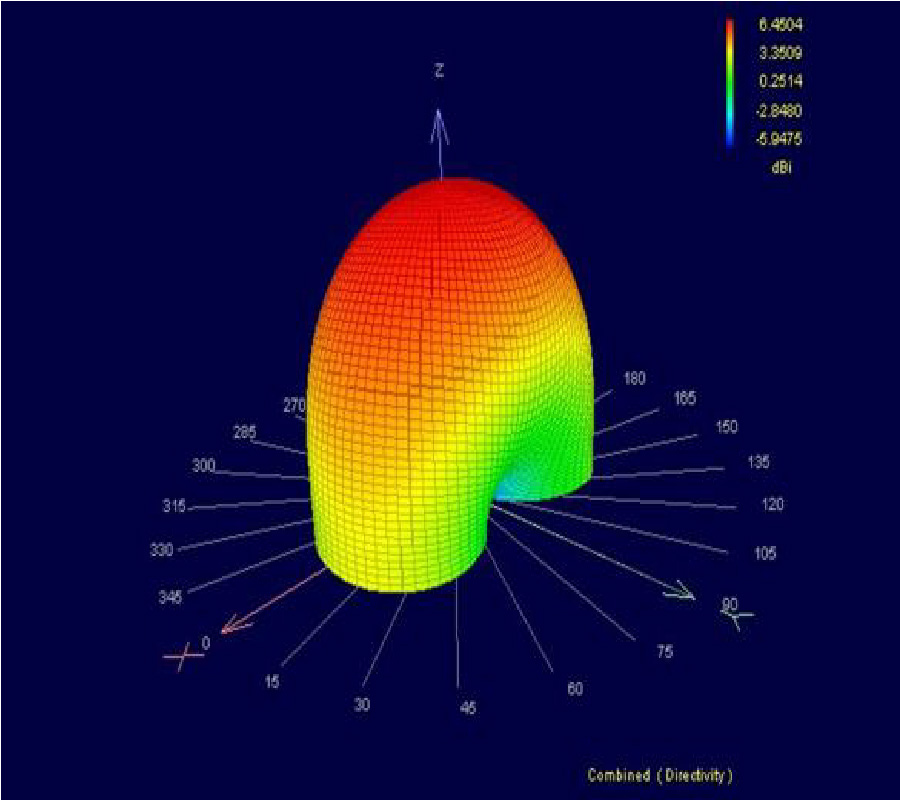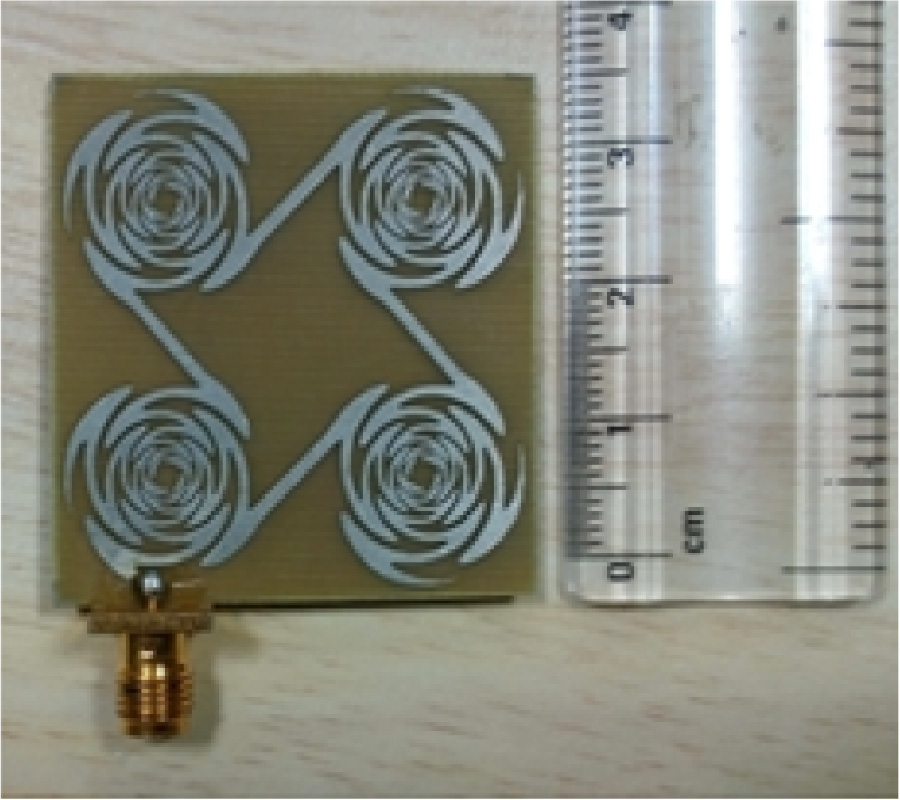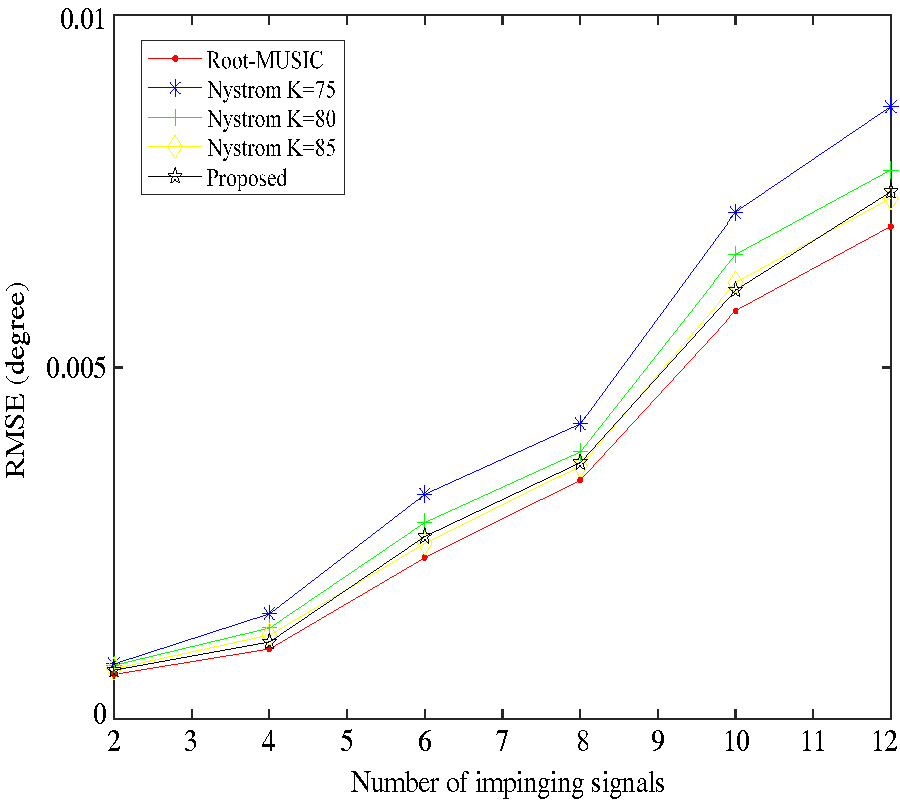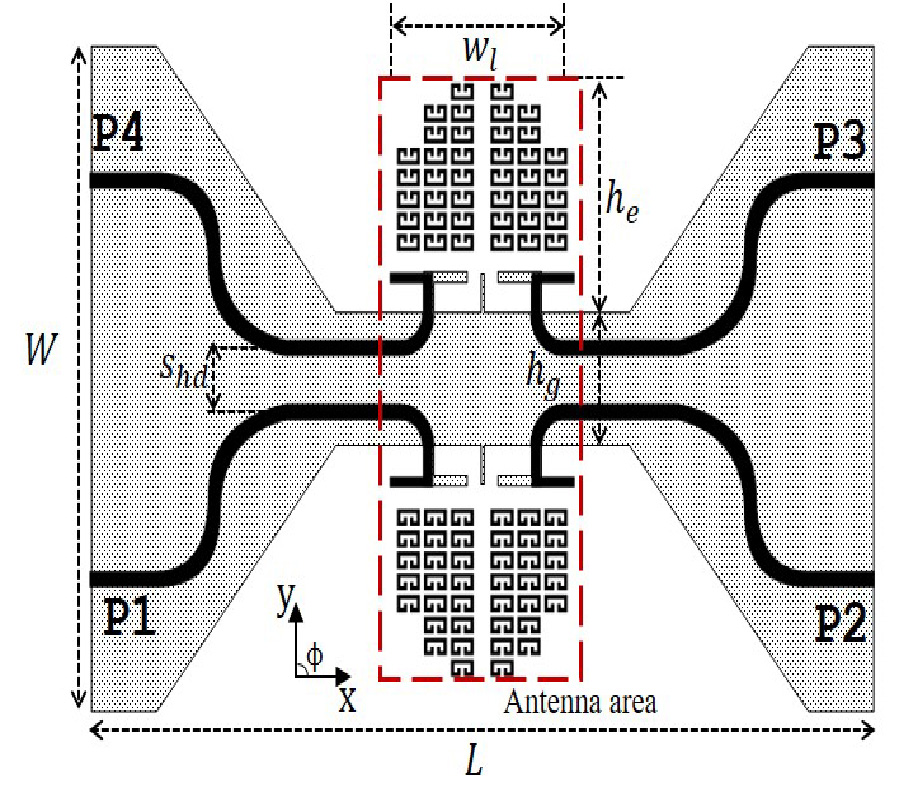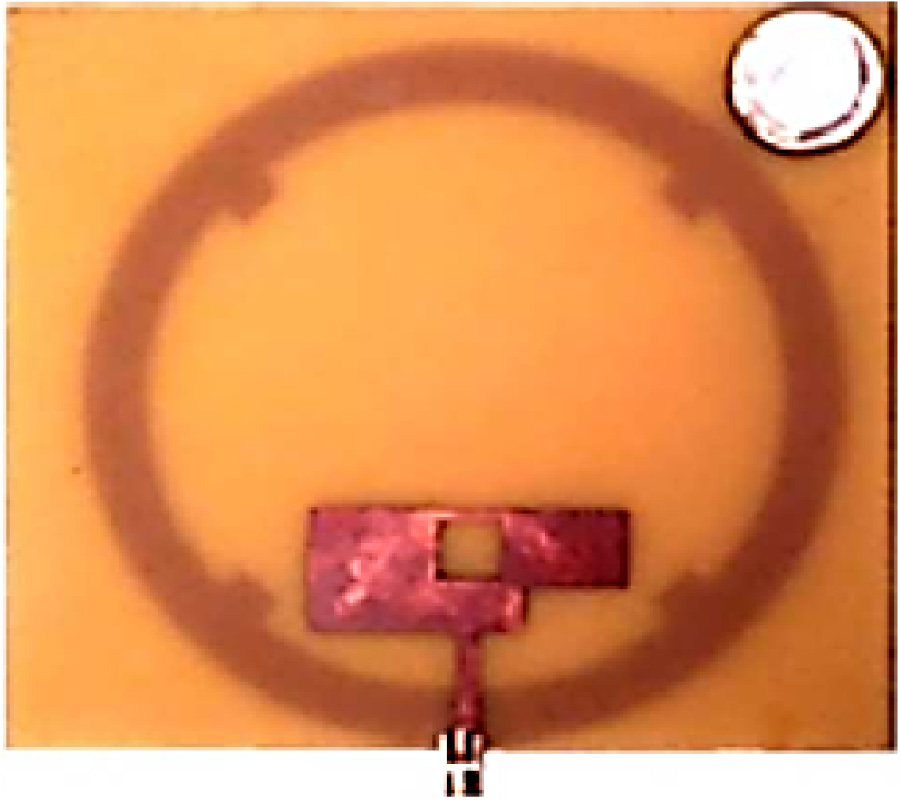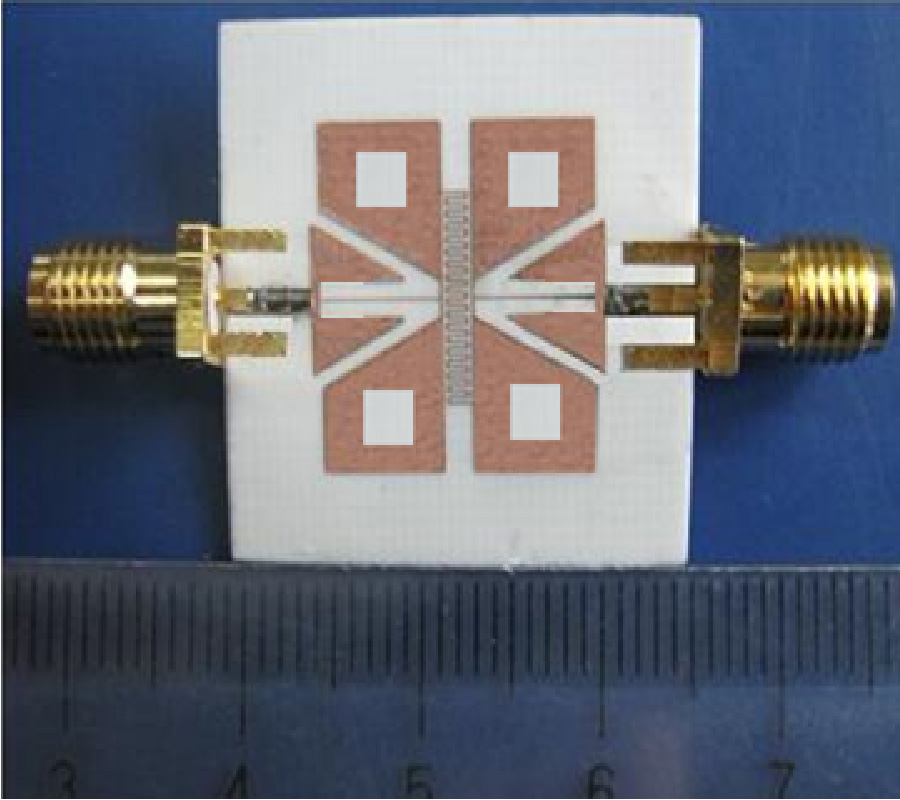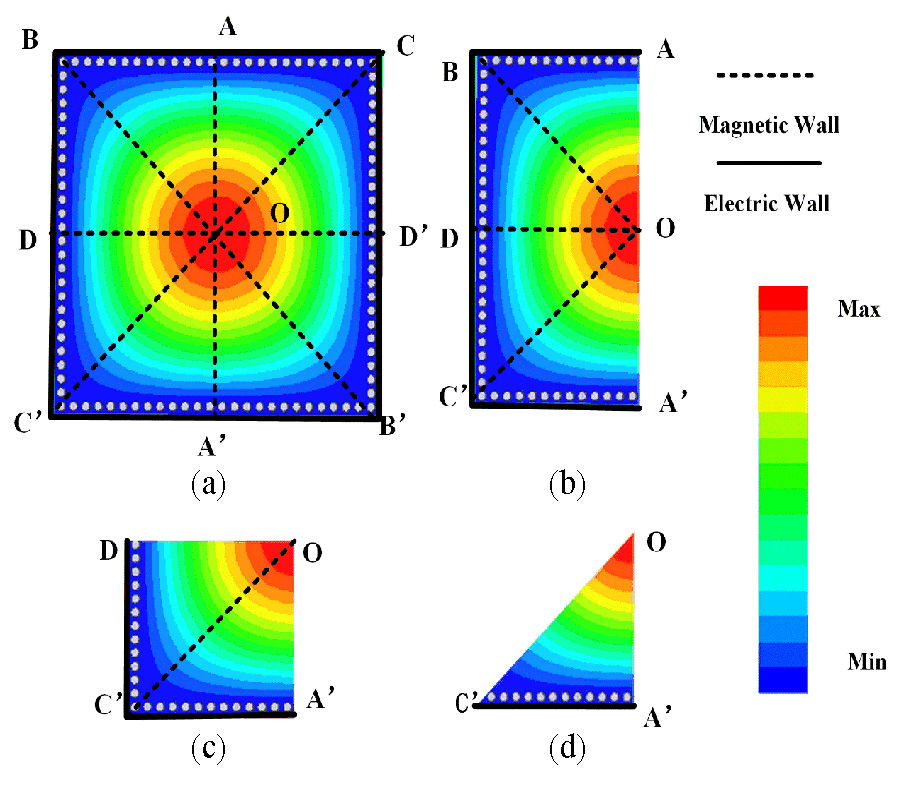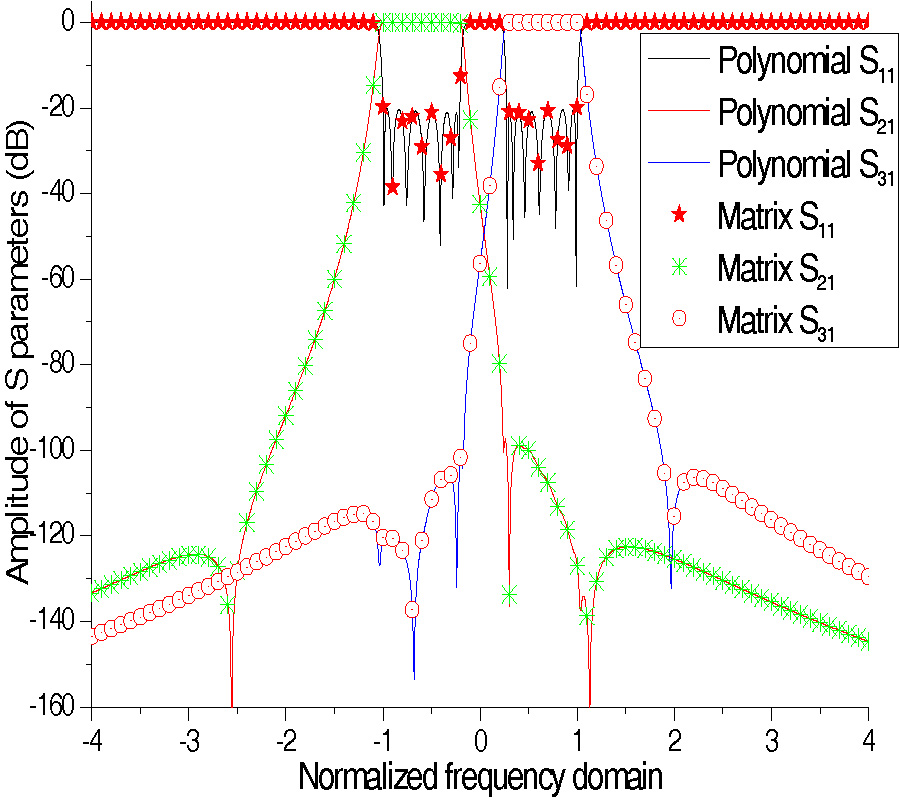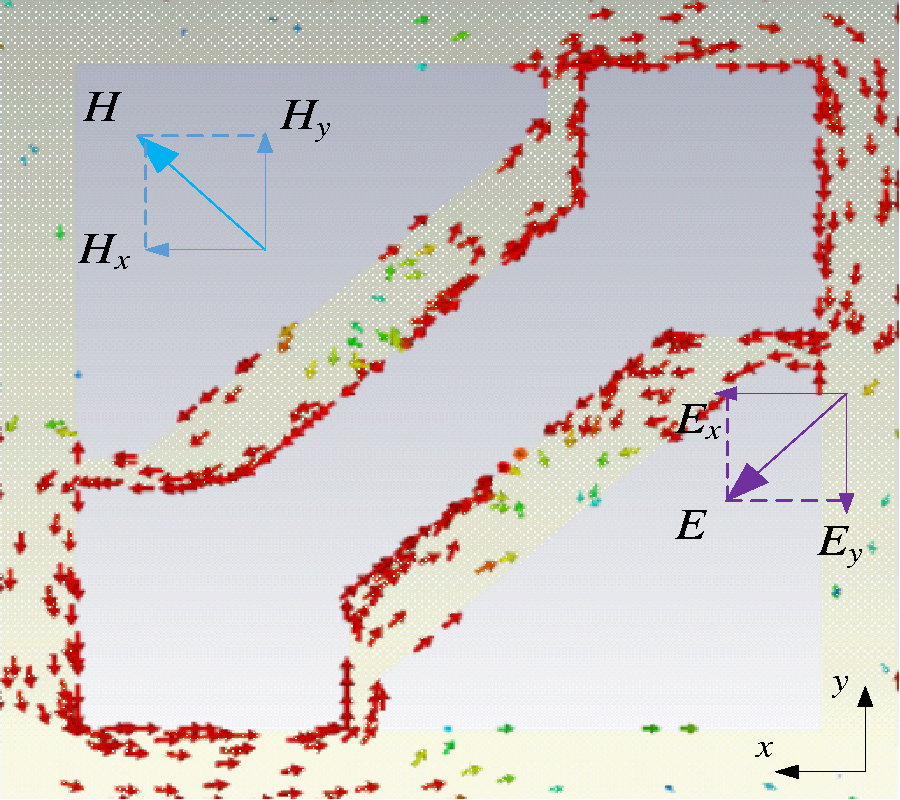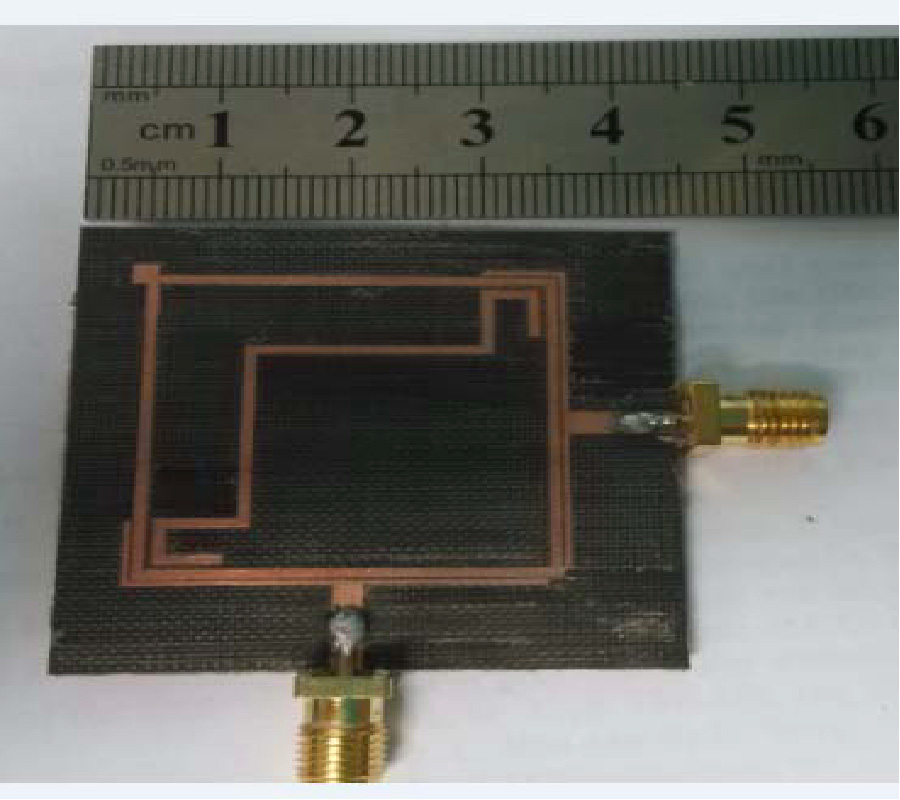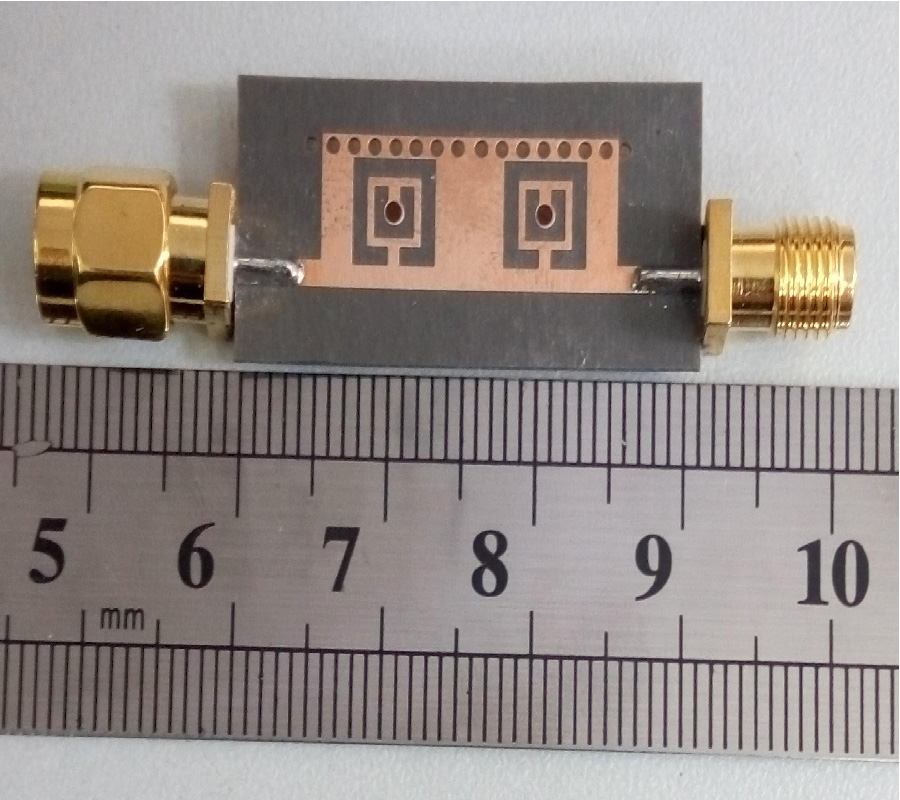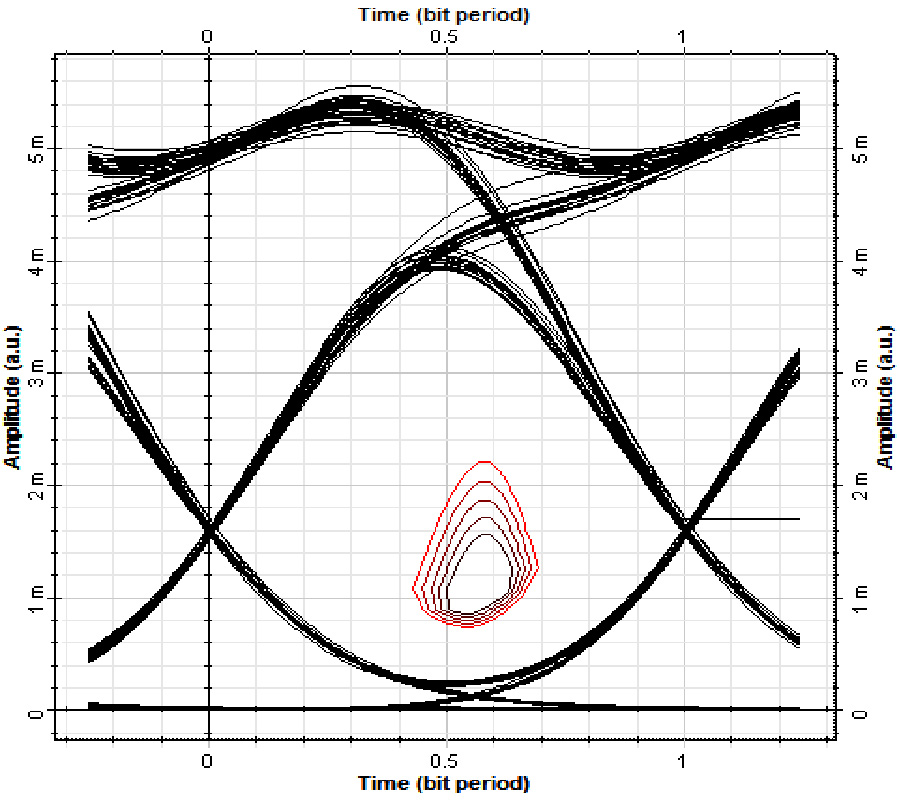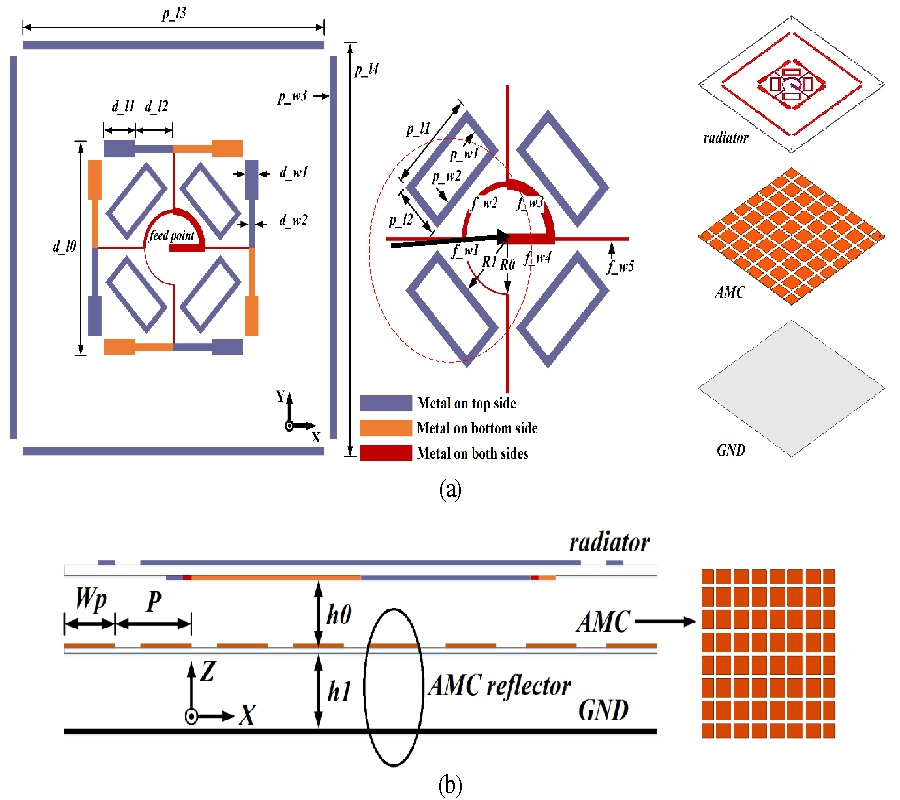HTS Multi-Mode Ring Resonator UWB Filter with Cross-Shaped Stepped-Impedance Stubs
Zhihe Long,
Mingen Tian,
Liguo Zhou,
Shuangshuang Cao,
Man Qiao and
Tianliang Zhang
This paper presents an ultra-wideband (UWB) high temperature superconducting (HTS) bandpass filter (BPF) based on a ring resonator loaded with a pair of symmetrical cross-shaped stepped-impedance open stubs. The main advantages are that two transmission zeros are introduced to improve passband selectivity, and high mode suppression is achieved by adjusting the impedance ratio of the cross-shaped stubs and using a pair of parallel-coupled lines. The filter is designed on double-sided YBCO/MgO/YBCO HTS films with a thickness of 0.5 mm and dielectric constant of 9.8. At 77 K, the measured 3-dB bandwidth of the filter covers 1.63 GHz~6.03 GHz. Due to the use of superconducting material, the insertion loss at the center frequency of 3.83 GHz is 0.12 dB, and the rejection is greater than 36 dB in the lower stopband, and the upper stopband with 20 dB attenuation level is extended to at least 8.5 GHz.
